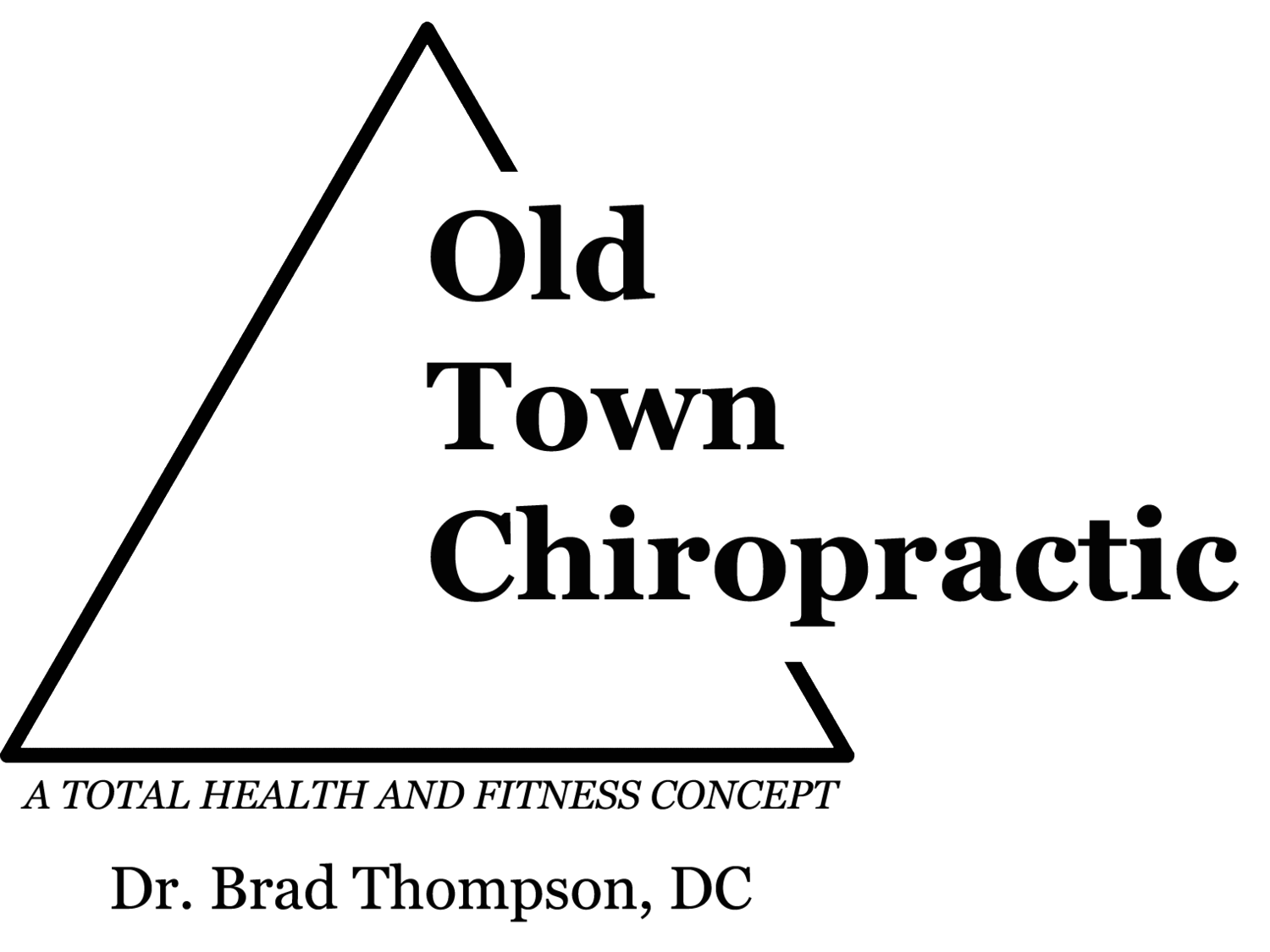It isn’t easy being pregnant.
“You’re adding a lot of weight in a weird place on your body and you can wreak havoc,” said Caitlin LoVullo, who is expecting her third child in July.
Chiropractor T. Patrick O’Neill has been one of her go-to people during all three of LoVullo’s pregnancies. She’s visited O’Neill for regular adjustments to maintain health and improve posture. The visits continued after her first two kids were born – and she brought them along for adjustments, too.
“With Patrick’s office, you walk in and he has toys ready,” LoVullo said. “The kids are part of the experience and it helps them see all the different ways to take care of yourself.”
O’Neill helped Megan Callahan, owner of Yoga Parkside, when she was pregnant with her first child, Pax, 2½ years ago. He even gave her an adjustment to help reduce her back pain and try to move along labor as she prepared to deliver at home.
“I had a pain-free pregnancy the first time and attribute that to the chiropractor,” Callahan said. “Till labor, things were easy-peasy.” O’Neill also gave Callahan’s son a gentle adjustment at just 6 hours old. “Within seconds,” she said, “Pax spit up, pooped and peed. His neurological system responded that fast.”
O’Neill, an Albany native, moved to Buffalo in 1990 to attend the University at Buffalo. He and his wife, Julie Barrett O’Neill, an environmental attorney, former executive director of Buffalo Niagara Riverkeeper and Green Program director with the Buffalo Sewer Authority, have three children, Keegan, 15, Caitlyn, 13, and James, almost 10.
The couple met at UB, before moving to Iowa for their advanced degrees. After returning to Buffalo, they bought an abandoned house in 2003 occupied by feral cats and squatters at 616 Potomac Ave., near Elmwood Avenue. They spent 2½ years refurbishing the structure into O’Neill Chiropractic, and live upstairs. Chiropractor Kevin Morreale also works in the office.
“It’s nice to be part of an exchange with patients that creates the ability to help somebody feel good pretty quickly, to offer relief, or just to offer hope that there’s something they can do beyond live with pain or deal with other measures that might be worrisome,” said O’Neill, 43, a graduate of Palmer College with an additional specialty in chiropractic pediatrics.
Q. What can chiropractic help?
The tip of the iceberg is certainly back pain, neck pain, headaches, but digestive function, respiratory function, and immune function are big ones, too. Ear infections – not treating with antibiotics but treating with strictly chiropractic corrections – is one of the most well-researched areas. Chiropractic is no cure-all, but at the very least we know that, done well, we’re not going to introduce harm.
Q. Is chiropractic different for everyone?
There are different techniques. The approach to an infant is a very unique, very gentle, finesse-oriented style of care. People who’ve had an adjustment as an adult are used to adjustments that are a little more firm. Last Friday, I had a patient who was 10 days old. That same week, I had a woman come into my office who’s 103 years old. The joy to me is the diversity. For the same reasons chiropractic care can help children without doing things that would be aggressive or detrimental, that same approach works very well with a fragile, osteoporotic senior citizen.
Q. What would a pregnant woman generally benefit from as her body changes over time?
The first trimester, there very often are pregnancy concerns like nausea, appetite changes, fatigue, headaches. Most of what we would do technique-wise is not much different than what we would do if you were not pregnant.
At the halfway point, 20 weeks into pregnancy, more symptoms tend to emerge that are unique to pregnancy. There’s hormonal changes that are causing ligaments that support the spine to become more pliable. There is a tendency to feel as though adjustments are not holding as long, so getting care more often can be one of the complications. Symptom-wise, ranging from digestive issues – whether it’s heartburn, reflux, constipation – and musculoskeletal conditions tend to become more pronounced. There’s classic lower back or hip pain because you’re now growing in size, not just gaining weight but carrying weight in front of you. There’s also a 70 percent increase in blood flow. You’re producing way more blood to circulate through your body and those circulatory changes can cause things ranging from varicose veins – which can be painful in the legs – to hemorrhoids. They’re not on the tip of people’s tongues when thinking chiropractic but there are ways we can intercede.
Q. After a baby is born, how might an adjustment change not only for the mom but a newborn?
For mother and child, the process of labor and delivery is a very strenuous action, particularly for spinal health and pelvic alignment, there’s going to be some form of physical trauma that a mother has to recover from, making sure that as those ligaments begin to firm up that there is appropriate pelvic and spinal alignment. That’s an important check-in point. Some moms want to come in hours after delivery; others wait two or three weeks. There’s other priorities. In many cases, we’ve had the first child in the first couple of weeks. With traditional vaginal birth, where there’s a lot of cranial pressure on the newborn. Your skull is uniquely designed to adapt. There are cranial plates that haven fused, which allow the plates to overlap. There’s a lot of compression. The upper neck is an area we tend to work with in a very low-force, gentle way.
email: refresh@buffnews.com

